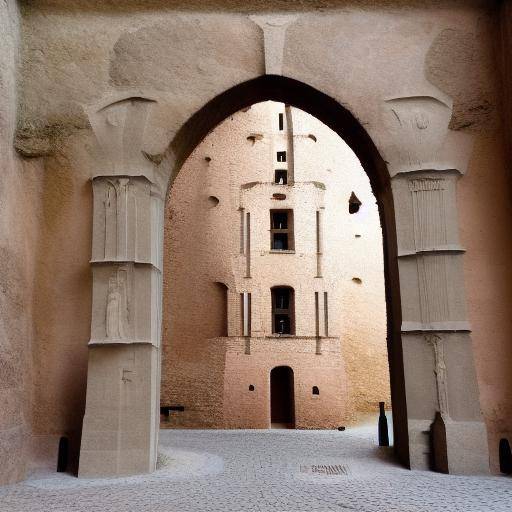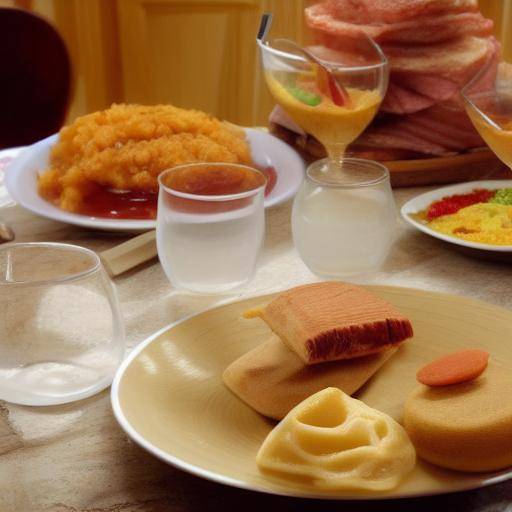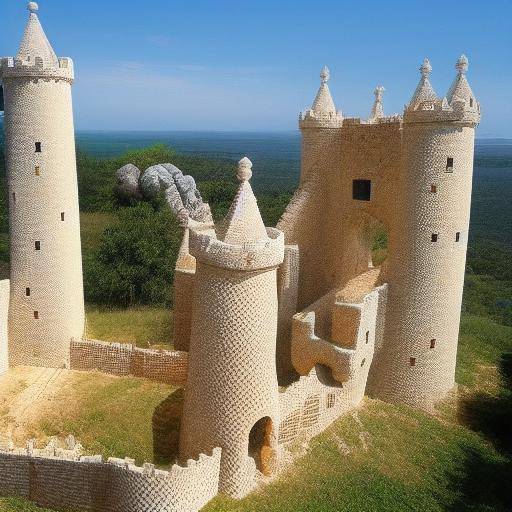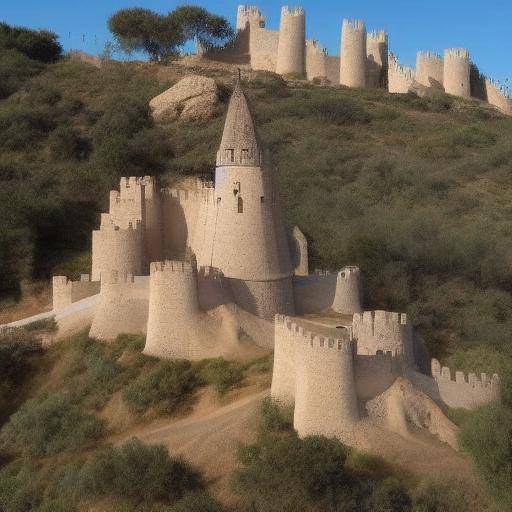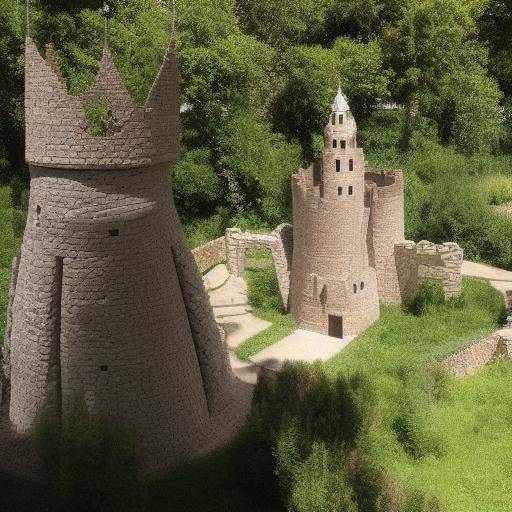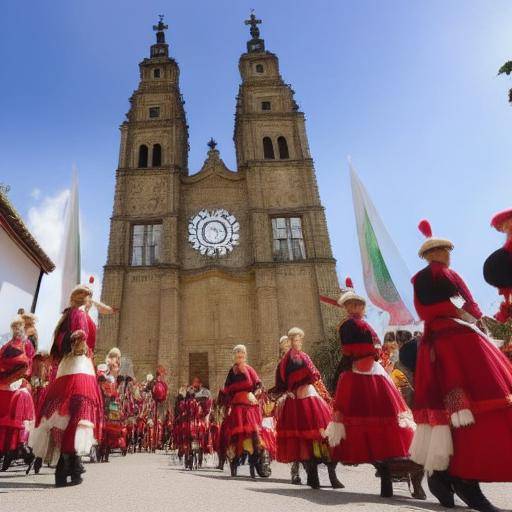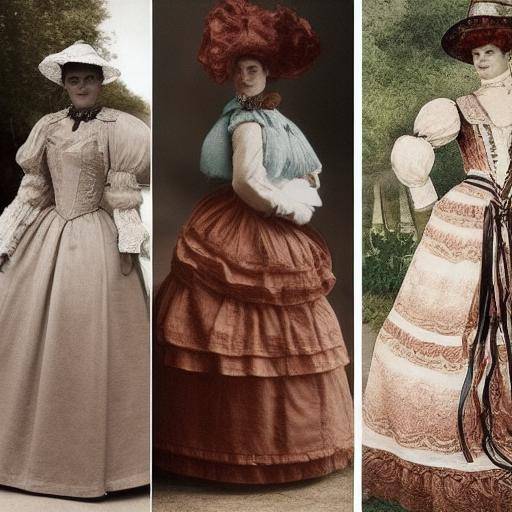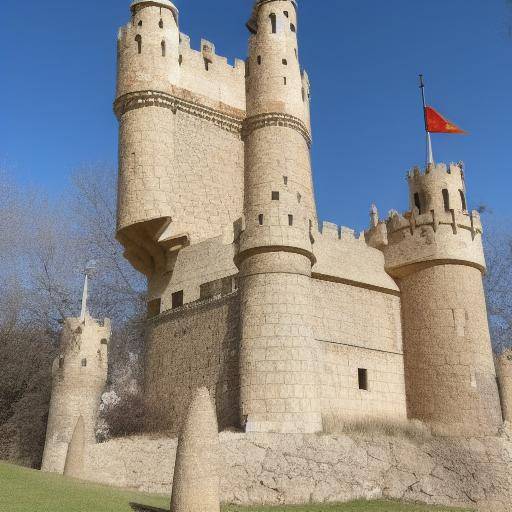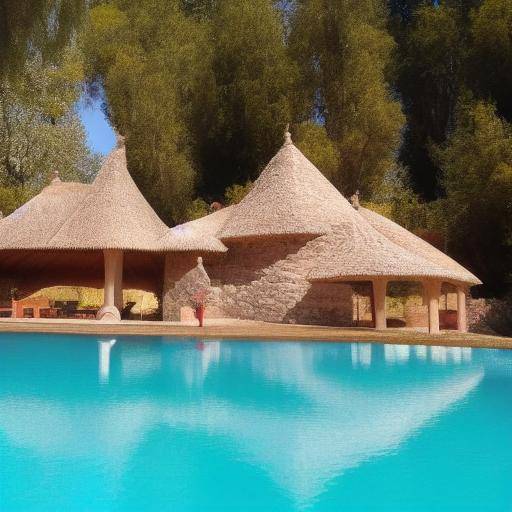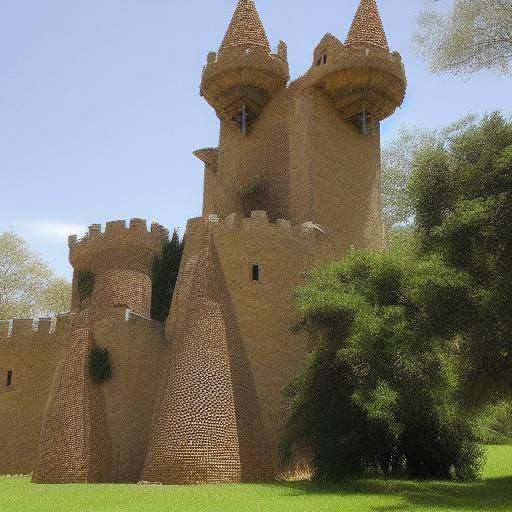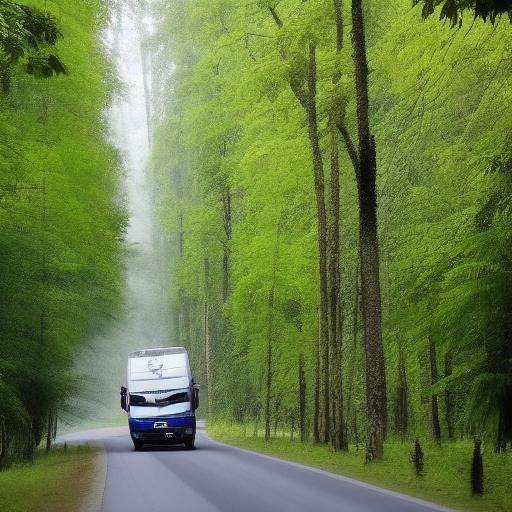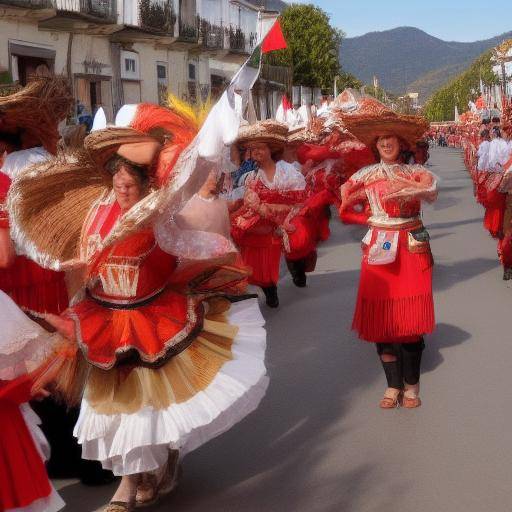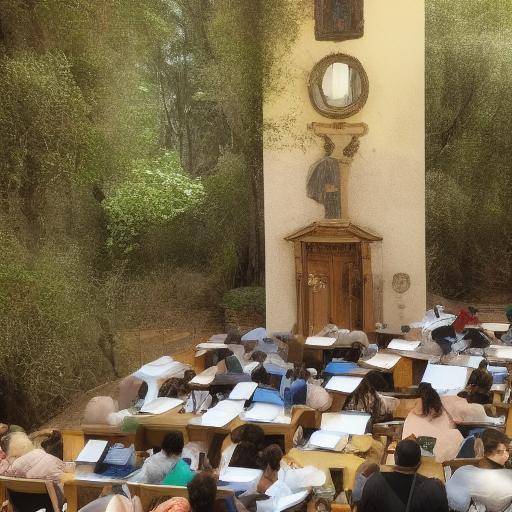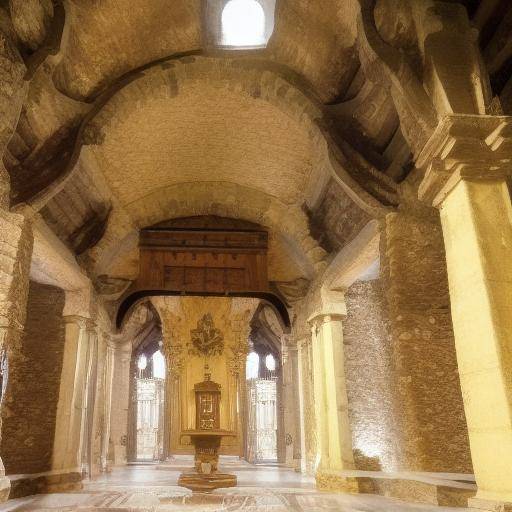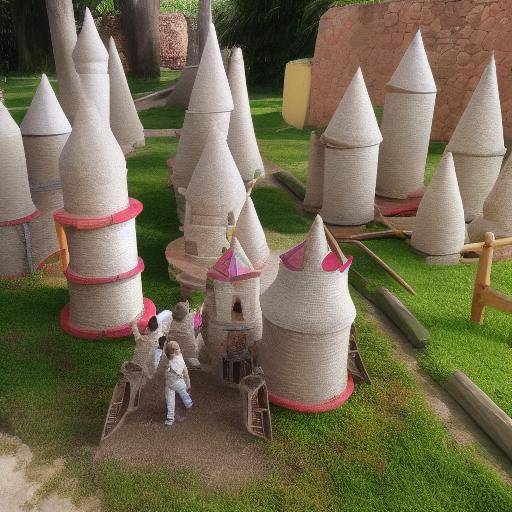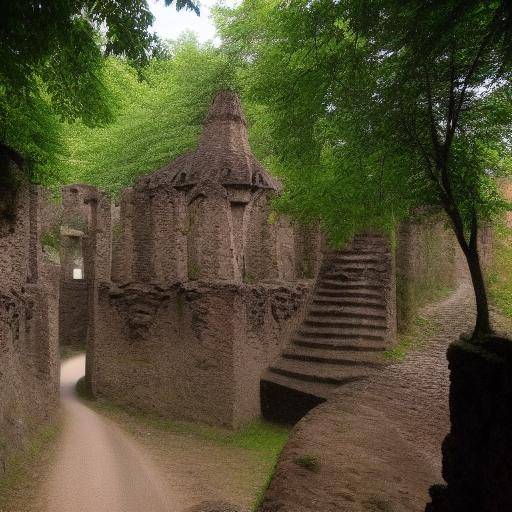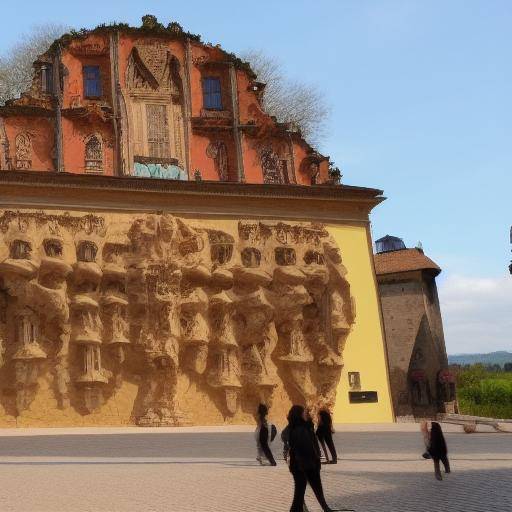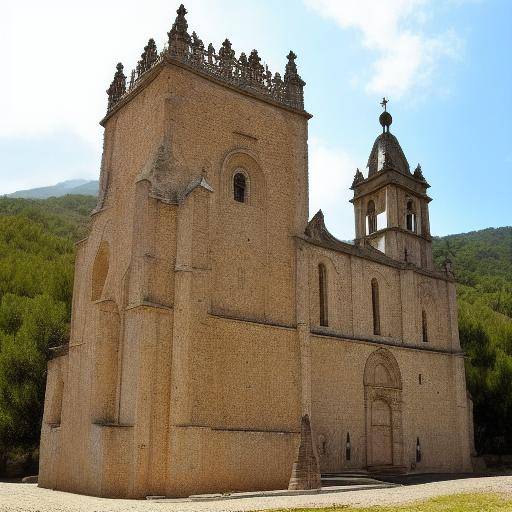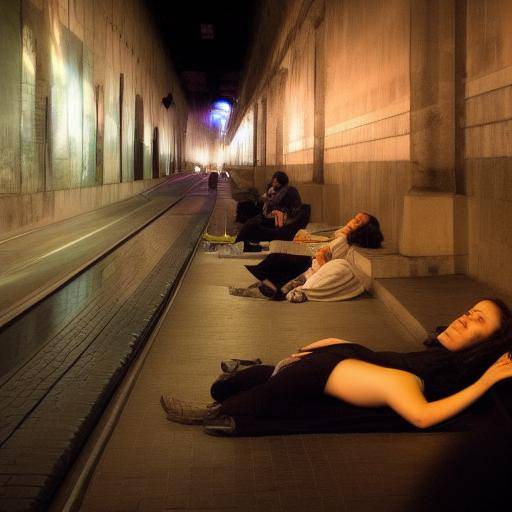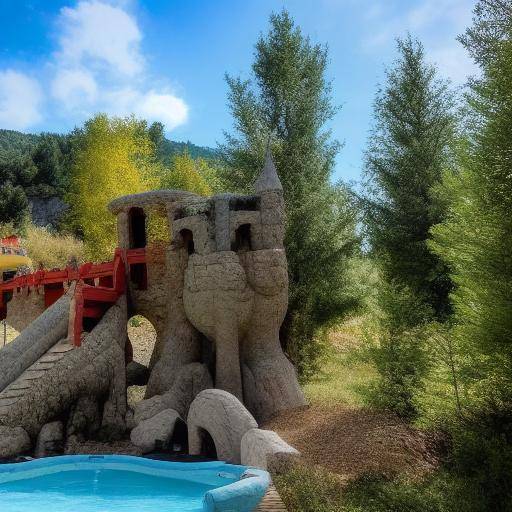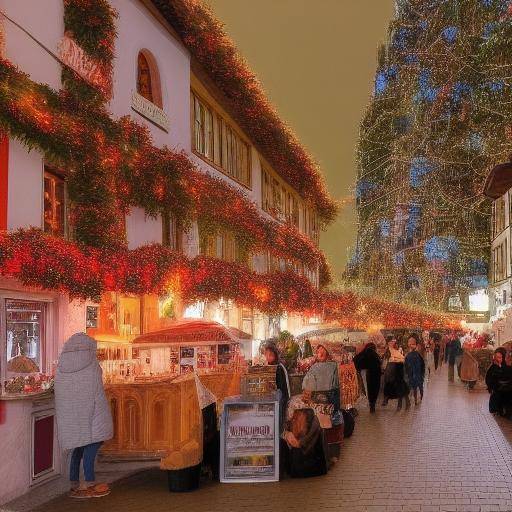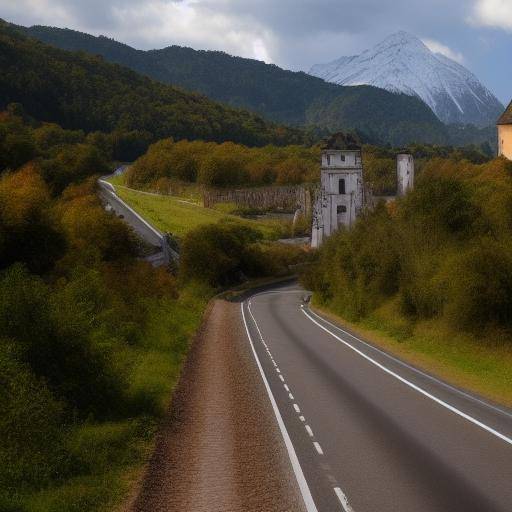
Introduction
Germany, known for its rich history and charming landscapes, houses the famous Romantic Route. This itinerary, which crosses medieval villages and fairytale castles, is a unique experience that captivates everyone who walks it.
In this article, you will discover all the secrets of the Romantic Route of Germany, from its historical relevance to the most charming villages to visit. We will explore history, natural beauty, and provide you with practical advice to plan your own romantic journey through this magical destination.
History and background
The Romantic Route of Germany has its roots in the post-war period, when the region sought to attract visitors and rebuild its economy. It was about showing a softer and more attractive side of Germany, far from the disasters of World War II.
Over the years, the route has evolved, becoming one of the most popular tourist attractions in Germany. The combination of history, culture and nature has attracted travelers from around the world.
Castles and medieval villages: Romantic Route jewelry
The castles and medieval villages are the soul of the Romantic Route. Visiting them is taking a step back in time and plunging into the history and culture of the region. Rothenburg ob der Tauber, with its intact walls and wooden houses, is a perfect example of the medieval atmosphere that abounds along the route.
Significant developments and achievements
As the Romantic Route gained popularity, communities along the way mobilized to preserve and restore their cultural heritage. In 1950, the Association for the Romantic Route was founded to promote tourism in the region. Since then, initiatives have been put in place to protect the picturesque landscapes and keep local traditions alive.
In-depth analysis
The Romantic Route not only offers a look at the past, but also benefits and challenges in the present. Its contribution to tourism has driven economic development in local communities. However, the growing number of visitors also poses challenges in terms of heritage conservation and sustainability.
Benefits of the current journey and challenges
Tourism along the Romantic Route provides employment and business opportunities in hospitality, gastronomy and traditional crafts. However, sustainable management of tourism flow and environmental preservation are concerns that require continued attention. Strategies such as the promotion of responsible travel and the preservation of cultural authenticity are critical to ensuring the balance between tourism and conservation.
Perspectives and opinions
Local inhabitants, tourist companies and authorities share different perspectives on the impact and management of tourism in the region. While some advocate a sustainable development approach, others promote more tourism-oriented policies. It is crucial to find a balance that guarantees the preservation of historical and cultural heritage, while promoting economic growth.
Full review
The Romantic Route is much more than a journey through the past. Visitors have the opportunity to immerse themselves in rich culture, try delicious regional gastronomy and participate in numerous cultural events along the way. Moreover, destinations such as Füssen, with its imposing Neuschwanstein Castle, remain a magnet for tourists eager for unique experiences.
Applications and good practices
Artisan traditions and local festivals are examples of the authenticity that defines the Romantic Route. By supporting local products and activities, travelers contribute to the preservation of culture and heritage. At the same time, you can enjoy enriching and authentic experiences that go beyond conventional tourist destinations.
Perspectives of experts and future vision
Experts on tourism and sustainable development emphasize the importance of a balanced approach that guarantees long-term sustainability. Diversification of tourist offers, promotion of sustainable mobility and collaboration among sectors are essential to forging a prosperous future for the Romantic Route.
Comparative analysis
When comparing the Romantic Route to other destinations, its unique characteristics are highlighted that distinguish it as an exceptional experience in Germany. The combination of picturesque landscapes, fascinating history and palpable authenticity place it in its own category.
Potential similarities, differences and synergies
While there are other tourist routes in Germany, such as the Wine Route and the Amber Route, none of them have the charming blend of nature, history and romanticism that characterizes the Romantic Route. However, all these routes share the objective of promoting cultural diversity and sustainable tourism in Germany.
Detailed examples and scenarios
Making a thorough analysis, it is clear that the Romantic Route stands out for its historical wealth and the unique atmosphere that is breathed in its medieval villages. From the beautiful city of Würzburg to the charming Füssen, each stop offers a myriad of experiences, making this journey an incomparable treasure.
Practical advice and useful recommendations
If you are planning to go through the Romantic Route, it is essential to be well prepared to enjoy this unique journey. Here are some practical tips that will help you:
- Previous research: Know destinations, activities and events along the route to plan your itinerary efficiently.
- Book in advance: Some attractions and accommodations have a high demand, so it is convenient to book in advance to ensure your place.
- Explore beyond the obvious: Do not limit yourself to popular destinations. Explore small villages and picturesque corners to discover true hidden jewels.
- Enjoy local cuisine: Try traditional dishes and taste the variety of wines in the region. Food is an essential part of the experience.
Conclusions and FAQS
Final conclusions
The Romantic Route of Germany is a journey that transports you through time, awakening your senses with its natural beauty and rich history. From its picturesque medieval villages to its majestic castles, each stop is an invitation to immerse in the romance of the past.
Frequently asked questions
What is the best time to visit the Romantic Route?
Summer and autumn are usually the best times due to the pleasant weather and the beauty of the landscapes in these seasons.
How long do you need to travel the entire route?
Depending on the pace of the trip and the stops you want to make, it is recommended to book at least one week to enjoy the route in full.
Is it necessary to rent a car to visit the Romantic Route?
While it is not essential, having a car provides greater flexibility and freedom to explore the different destinations along the route.
What medieval villages are essential to visit on the Romantic Route?
Rothenburg ob der Tauber, Dinkelsbühl, and Füssen are some of the villages that you cannot miss for their medieval charm.
What is the most famous castle on the Romantic Route?
The Neuschwanstein Castle is undoubtedly the most famous and emblematic. Its imposing architecture and scenic location make it a must visit.
Do you need any special permission to visit the Romantic Route?
No special permits are required to travel through the Romantic Route. However, it is advisable to review local regulations and be informed about possible restrictions.
With this complete guide on the Romantic Route of Germany, you are prepared to embark on an unforgettable journey full of history, natural beauty and romanticism. Do not miss the opportunity to explore these charming corners and immerse yourself in the magic of the Romantic Route!

